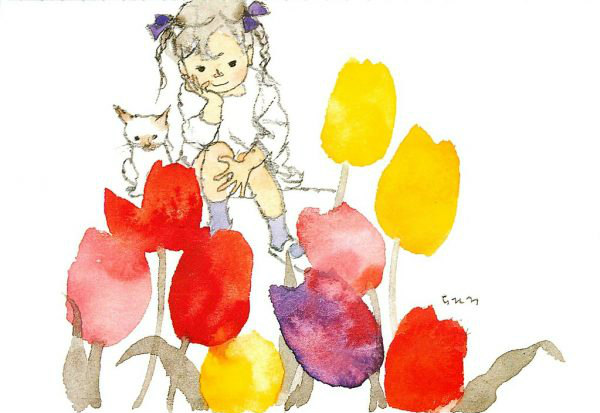
Chihiro Iwasaki (1918-1974) is one of the most celebrated Japanese artists/illustrators in the world. She’s as popular and beloved in her home country as Maurice Sendak, Eric Carle, or Garth Williams is in America.

She’s known for her soft, delicate, flowing watercolors of children and flowers, centering around the theme of “peace and happiness for children.” Her artistic style is a distinctive blend of Western watercolor strokes and traditional Eastern painting techniques. She sometimes incorporated Japanese calligraphy in her work.


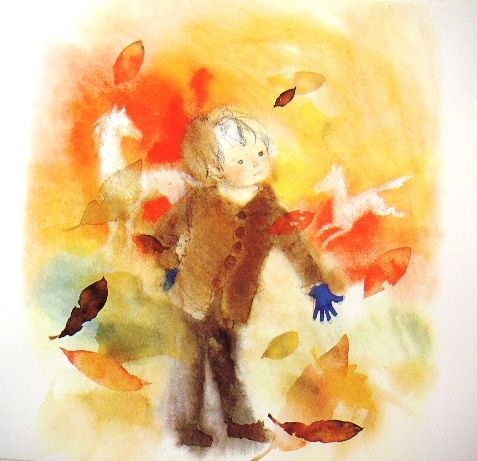
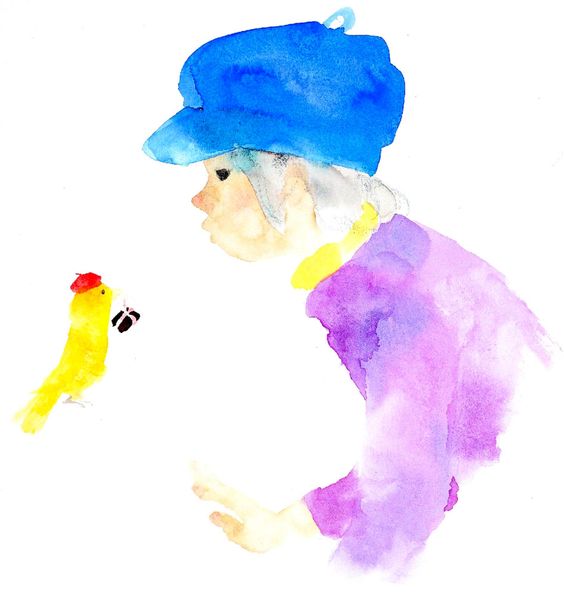
I only discovered Iwasaki’s work recently; her pictures called out to me just when I needed them most. They’re certainly a welcome balm for difficult times. I love the gentleness and innocence, the rich beauty and wistfulness in her paintings, and how brilliantly she captures the emotions and posturings of babies, toddlers, and grade school kids.
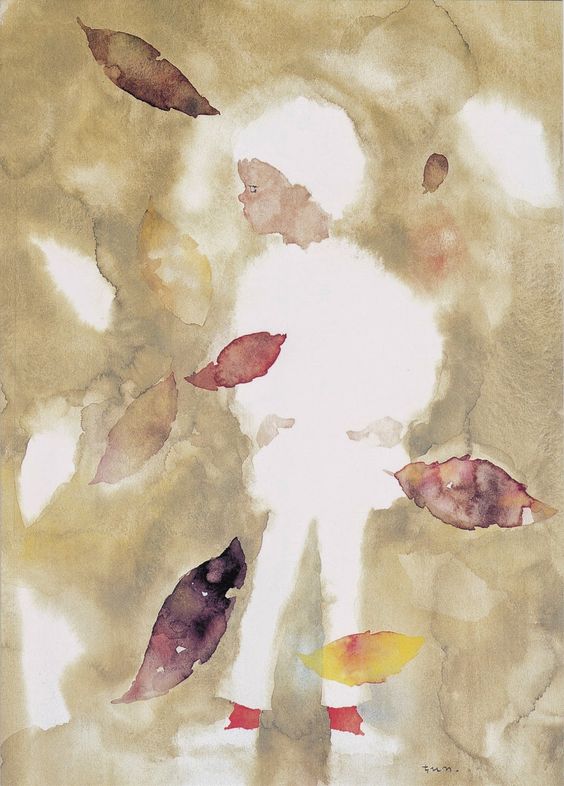
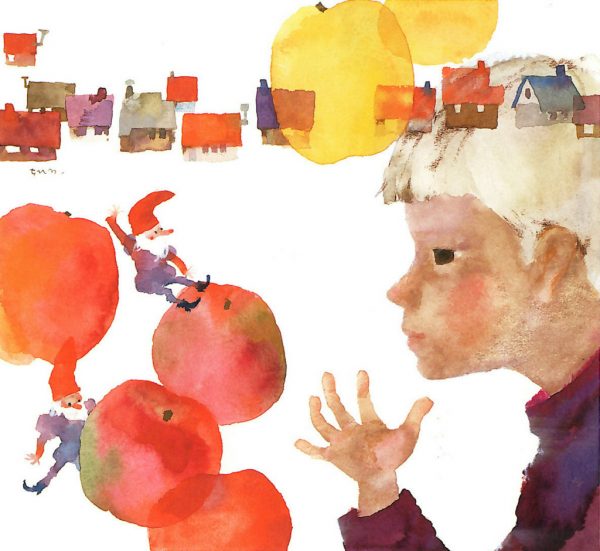
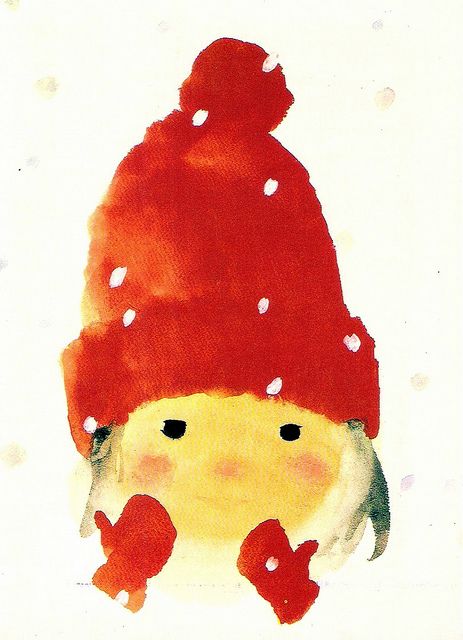
She published about 40 books and made over 8000 drawings in her lifetime. She was a Hans Christian Andersen fan, and illustrated several of his tales which were published in English.

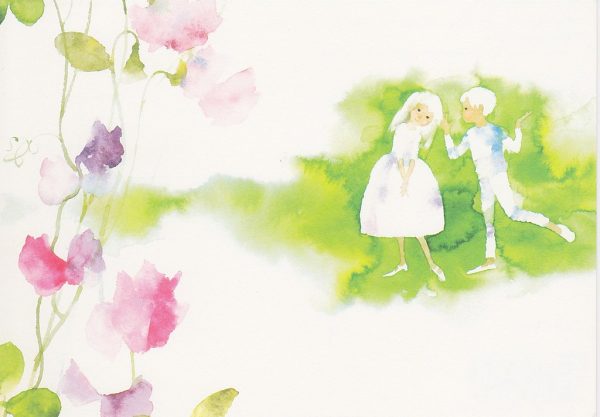
One of the more intriguing aspects of Chihiro Iwasaki as an artist is that, throughout her career she kept painting children, even without a model, by accurately capturing the subtle differences between a ten-month-old baby and a one-year-old. Chihiro used her keen eye and polished drawing skills to create countless images of children through literally thousands of works. Without the aid of even a rough sketch, she could pick up a brush, steep it in water, and move it freely across the paper to convey the soft and elastic qualities of a child’s skin. The pictures she created were fresh, vivacious, and brimming with life.

Chihiro grew up in Tokyo and began drawing as a child. When she was fourteen, she studied drawing and oil painting at the Tokyo School of Fine Arts. At eighteen, after graduating from high school, she learned calligraphy with inkstick and ink brush.
She entered into an arranged marriage at age 21, moving with her husband to Manchuria. Theirs was a distant relationship which ended tragically two years later when her husband committed suicide.



She then moved back to her parents’ home in Tokyo, which was destroyed in an air raid four years later. In 1946, after WWII ended, Iwasaki joined the Japanese Communist Party. Her lifelong wish was to end all war and the suffering of children.
Back in Tokyo, Iwasaki wrote and illustrated for a Japanese newspaper, and also did editorial/commercial work for magazines and textbooks. At the request of a children’s book publisher, she created a “paper-play” which won a Minister of Education prize. She then decided to become a professional illustrator and remarried in 1950. She had a son, Takeshi, whom she used as a model for the babies and children she drew for books and magazines.



She authored her first picture book in 1956: Hitori de Dekiru yo (I Can Do It All By Myself), and went on to win several awards, including the Sankei Children’s Book Award and the Leipzig International Book Fair Bronze Medal.



Having witnessed the cruelties of war, she devoted her life to “painting her childhood,” and expressing her love and care for all children, motivated by a fervent wish for them to lead peaceful, happy lives.





Iwasaki died of liver cancer in 1974. There are two museums dedicated to her work, one in Nerima, Tokyo (on the site of the home she built there), and the other in Azumino, Nagano.

♥️ Find out more about her life, work, and current exhibitions at the Chihiro Art Museum website.
Copyright © 2019 Jama Rattigan of Jama’s Alphabet Soup. All rights reserved.

Thanks for posting all these and for Iwasaki’s life story. I think I have seen the Anderson fairytales, but the rest of her charming work was unfamiliar. I love her light touch with white and use of negative watercoolr technique.
LikeLiked by 1 person
Glad you enjoyed seeing her work, Ashley. 🙂
LikeLike
simply exquisite! thank you, Jama…
LikeLiked by 1 person
Thanks for visiting, Sharon!
LikeLike
I had not seen or heard of Chihiro Iwasaki before. Thanks for highlighting these.It’s powerful that she responded to a life with a lot of tragedy by creating art filled with light and joy.
LikeLiked by 1 person
Yes, so true!
LikeLike
Thank you for showing us these beautiful pictures. Is the one with the white haired man from “Heidi”?
I’m glad to hear that these lovely illustrations are of comfort to you.
LikeLiked by 1 person
It could be from Heidi, not sure.
LikeLike
Wonderful!! I can’t pick a favorite. I love that she could capture the differences between a 10-month-old and a one-year-old. A visit to one of her museums would be just the ticket.
LikeLiked by 1 person
Yes, she was so good at capturing the various ages of children even only a few months apart.
LikeLike
Ah, beautiful — I cannot imagine how she got that lovely softness in the watercolor medium — it almost looks fuzzy sometimes! I would love any of these as prints — thought I would soon run out of wall space. SO lovely, I hope today’s illustrators are studying her style. Thank you for this little historical art tidbit!
LikeLiked by 1 person
Yes, I also love the softness and gentleness, and ultimately the innocence of childhood she captured so well.
LikeLike
What lovely illustrations! She must have been a very special person to have witnessed so much hardship in her life, but yet to remain grounded in the positive. Now, I want to own one of her beautiful books! May she rest in peace.
LikeLiked by 1 person
It seems like she wanted to create the idyllic childhood she herself missed and/or wanted for future children with her art.
LikeLike
Missed yesterday, and thank you for these, Jama. They are a light to begin my day! The children she shared are very special.
LikeLiked by 1 person
Her work is certainly a balm for troubled times.
LikeLiked by 1 person